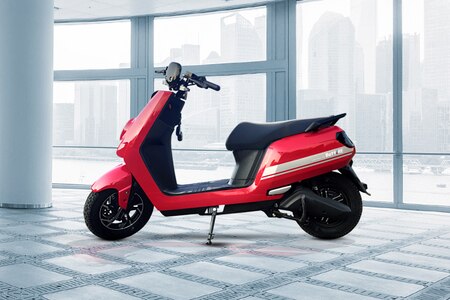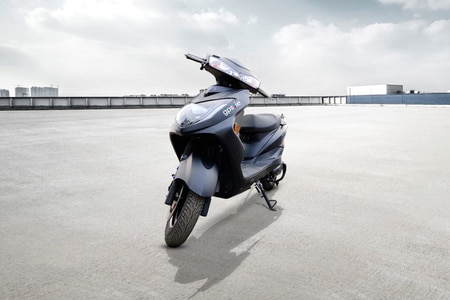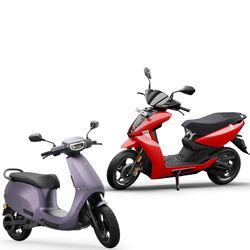Here's how Hyundai & Kia will boost efficiency of electric vehicles
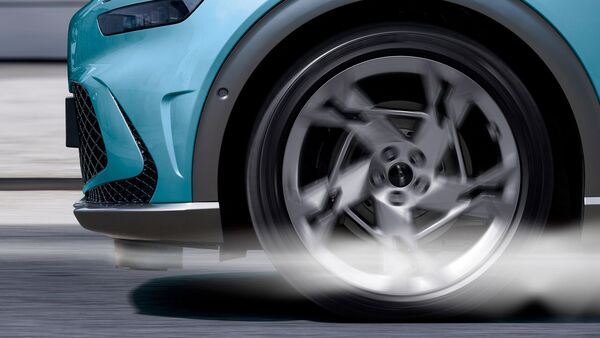

Hyundai Motor Company and Kia Corporation have introduced the 'Active Air Skirt' (AAS) technology, aimed at minimising aerodynamic resistance during high-speed driving, thereby enhancing the driving range and stability of electric vehicles (EVs).
The AAS technology manages the airflow entering through the lower bumper, effectively controlling turbulence around the vehicle wheels by adapting to variable speeds during high-speed driving scenarios. Hyundai stated that in the fiercely competitive landscape of electric vehicles, where extending the driving range from a single charge is a priority, innovations in aerodynamics play a pivotal role.
Also check these Bikes
Aerodynamic performance not only impacts power efficiency but also influences driving stability and wind noise, the company added.
AAS is positioned between the front bumper and wheels, remaining hidden during regular operation. It activates at speeds exceeding 80 kmph when aerodynamic resistance surpasses rolling resistance, retracting again at 70 kmph. This speed-specific deployment and storage strategy aims to optimize AAS functionality without constant operation within specific speed ranges.
Unique to Hyundai Motor Group's E-GMP platform for EVs, AAS selectively covers only the front part of the tires, leveraging the flat platform floor for enhanced aerodynamic performance. This design is claimed to improve downforce, enhancing vehicle traction and high-speed stability.
AAS can also operate at speeds exceeding 200 kmph, achieved through the application of rubber material on the lower part, minimizing the risk of damage from external objects during high-speed driving while ensuring durability.
Also Read : Hyundai reports estimate-beating profit powered by luxury car and EV growth
Hyundai Motor and Kia conducted tests and claimed that the AAS had reduce the drag coefficient (Cd) by 0.008 in the Genesis GV60, translating to a 2.8 per cent improvement in drag and an additional range enhancement of approximately 6 km.
The companies have filed relevant patents in South Korea and the United States and are contemplating mass production after thorough durability and performance assessments. Sun Hyung Cho, Vice President and Head of Mobility Body Development Group, Hyundai Motor Group, said that the company will comtinue to focus on improving the driving performance and stability of electric vehicles through improvements in aerodynamics.







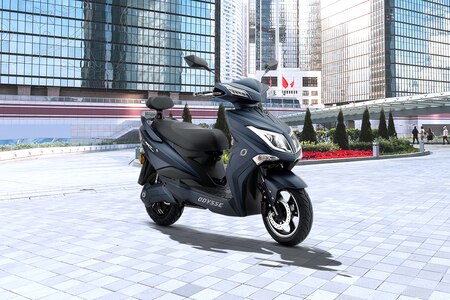
 2.96 kWh
2.96 kWh 170 Km
170 Km
